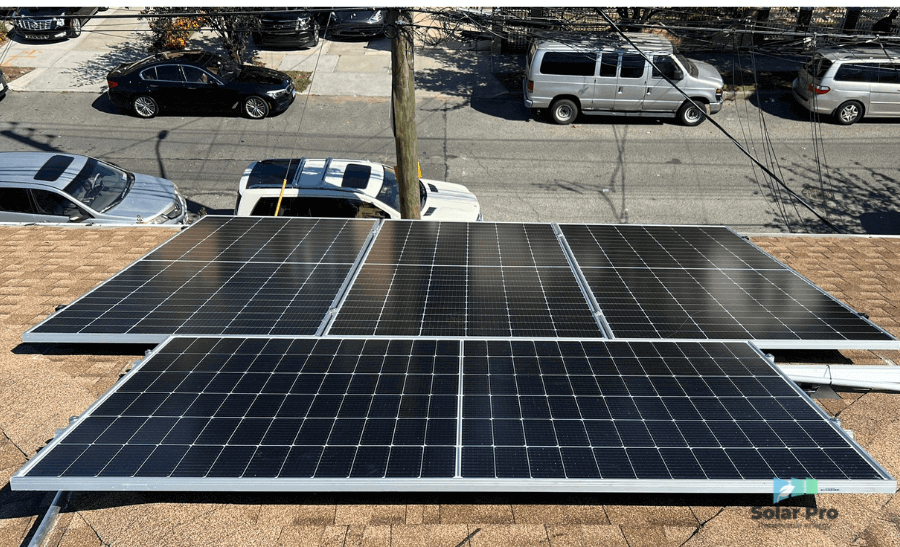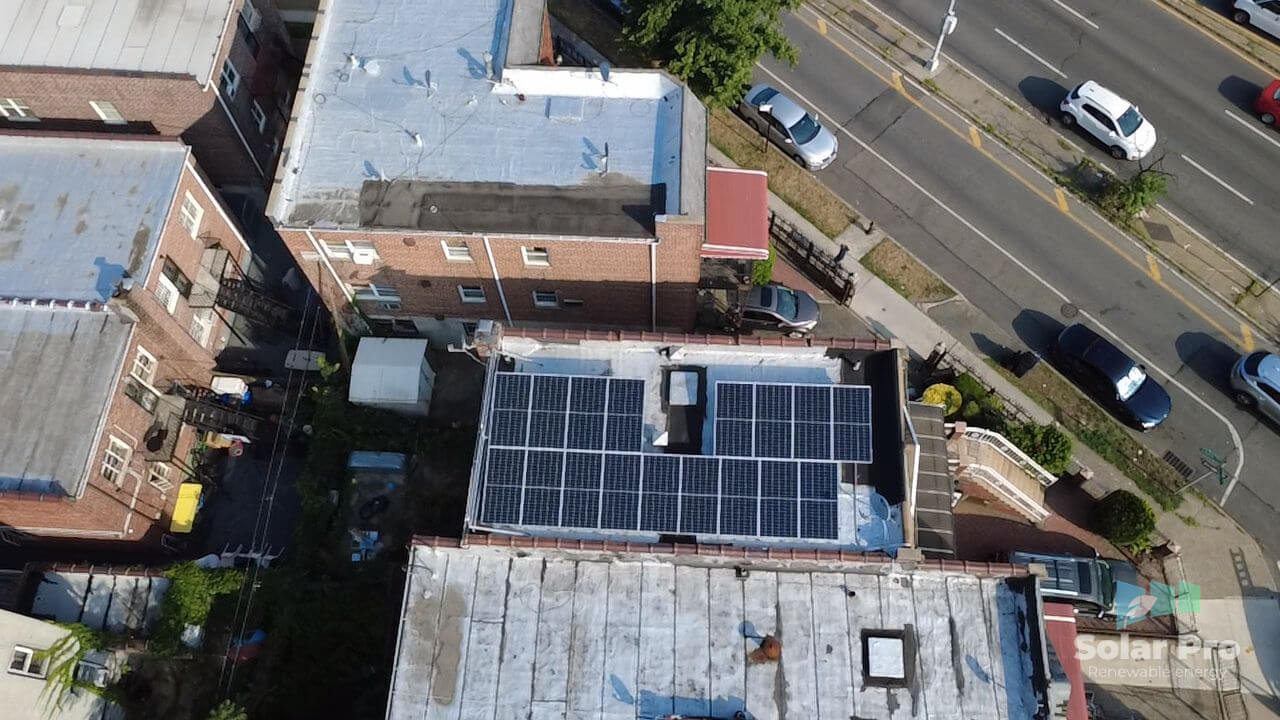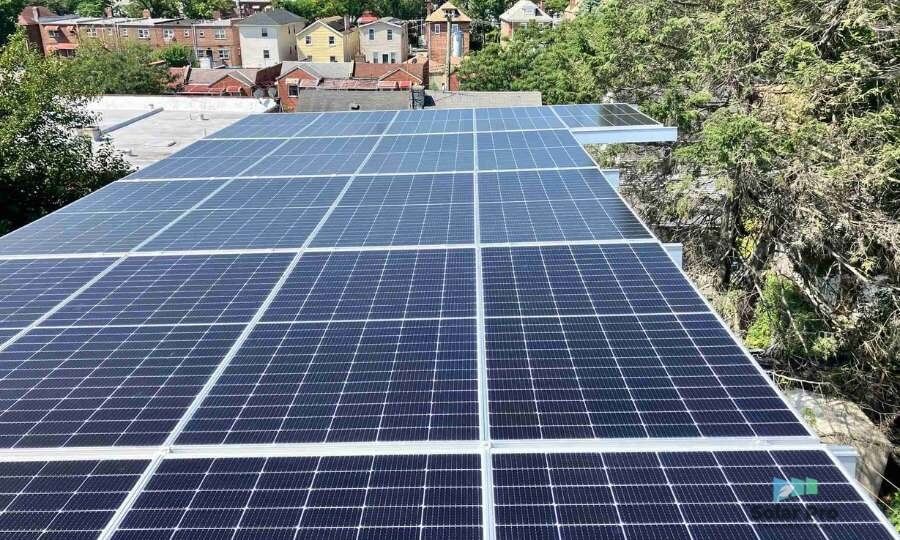Solar Panel Installation Queens
Solar Pro has installed solar systems across Queens for over a decade. We work with homeowners in single-family homes, two-family houses, and co-op buildings from Bayside to Ridgewood and beyond. We manage all the details for you like permits, Con Edison interconnection, and inspections.
A typical home in Queens needs about 20 panels, which fit on most gable or flat roofs. Some homeowners also use backyard space for ground-mounted systems, a practical option more common in Queens than in other boroughs. Commercial properties usually require 70 to 100 panels, depending on energy use. Most systems pay for themselves in 7 to 9 years, after which the electricity they generate is nearly free for over a decade.









